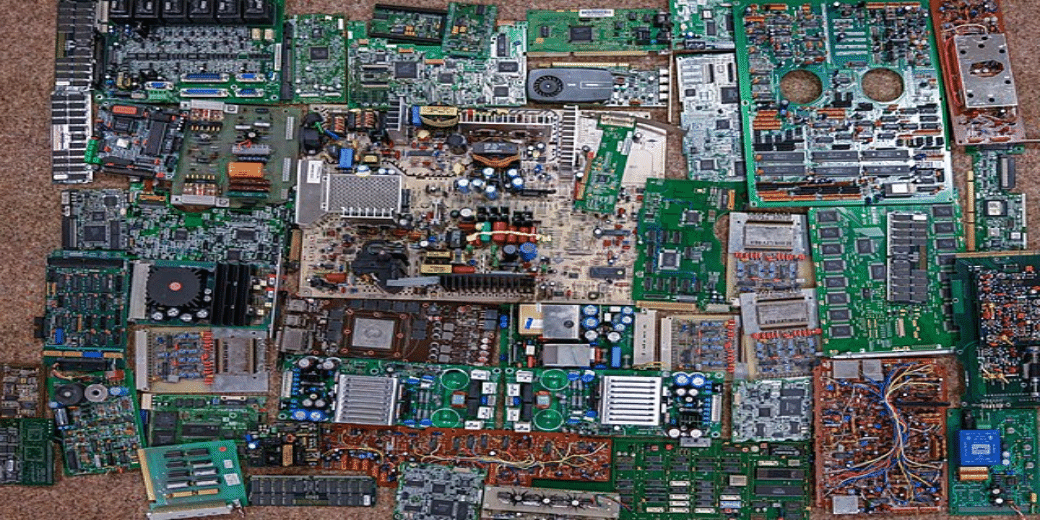Targeting IT hardware superpower status, India focuses on PCB manufacture
More than three decades after India rode the software revolution to emerge as an IT superpower, the government has taken up hardware as a focus area to bring big time manufacture of computer gear to the country in the next five to 10 years.

More than three decades after India rode the software revolution to emerge as an IT superpower, the government has taken up hardware as a focus area to bring big time manufacture of computer gear to the country in the next five to 10 years. The Economic Times has reported how the Centre has started brainstorming over different ways in which it could induce global computer hardware and electronic companies manufacture components in a backward integration from their assembly units in the country.
Quoting officials who are in the know of the development, the report said that the design is to get the hardware companies to achieve 60-80% value addition in India.
In a sense, the first stage of the journey began earlier in August when the Directorate General of Foreign Trade announced that companies cannot freely import laptops, tablets, servers and other related computer hardware into India. They would need licenses to import them from November 1. To allay apprehensions that it was not a protectionist policy, the government also explained that the objective was to promote manufacture of IT hardware in the country and indicated that it would sweeten the offer for the companies with incentives.
Right now the government is considering the request by brands such as HP, Apple, Acer to grant them time – about a year or so – to set up manufacturing facilities in India.
The government is urging hardware entities already working in India to adopt new manufacturing techniques such as surface-mount technology to raise value addition locally.
Developed in the 1960s, surface-mount technology is a component assembly method in which printed-circuit boards (PCB) are manufactured. The components are attached to the surface of the PCB. IBM did a lot of pioneering work in this technology way back in the 1970s and 1980s. The PCB is at the heart of almost all computer and related devices.
“For example, in the IT hardware production-linked-incentive (PLI) scheme, the government wants the industry to go beyond the assembly of components. Their ask is to make the printed circuit boards locally. If we make the motherboard here, that will give a big boost to local value addition,” said an industry executive who was present in a meeting held by the ministry of electronics and information technology.
“Most laptop makers right now get the components in strips which need to be soldered on the circuit board. It is an automated process which needs SMT lines to be set up in India. The industry is now looking to start that,” said an industry executive.
Some companies are already reportedly preparing to manufacture components such as PCBs.
“The packaging, India-specific sockets, keycaps, panel covers and to an extent even the display is being made here. Brands have various levels of expertise in localising these components,” said another executive.
According to the PLI scheme applicable to IT hardware, companies can benefit from additional benefits that would be triggered by the extent of localisation they implement. They can even apply for additional incentives in the first year itself if they source the PCB from within India. More incentives would follow if from the second year, the companies add at least one component every year.
The government is banking on the PLI scheme in IT hardware to generate additional manufacture of items worth Rs 3.35 lakh crore.
(ENDS)